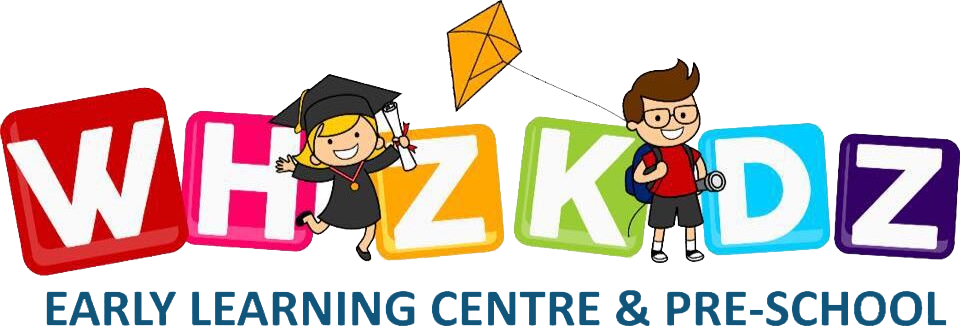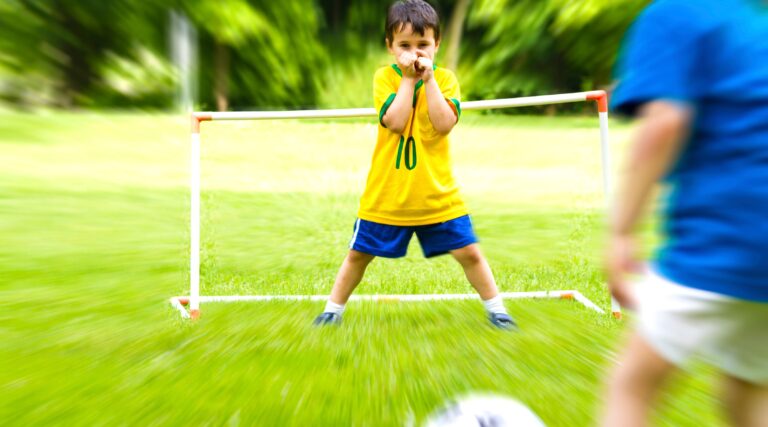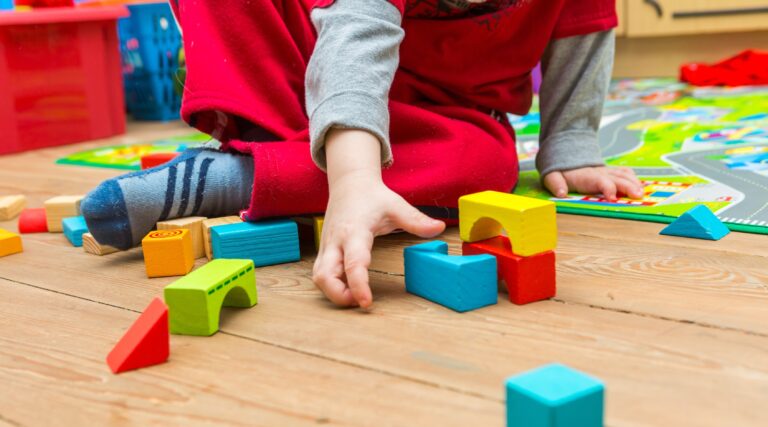Exploring Different Learning Styles in Early Childhood Education
Every child is unique, with their own individual learning style and preferences. In early childhood education, it’s essential to understand and accommodate these differences to support each child’s learning and development. In this blog post, Whiz Kidz Northmead explores the different learning styles commonly seen in young children and discuss the strategies we use in catering to these styles at Whiz Kidz Early Learning Centre.
Understanding Learning Styles
- Visual Learners: Visual learners prefer to see information presented in a visual format, such as through pictures, diagrams, and written instructions. They often benefit from visual aids and demonstrations.
- Auditory Learners: Auditory learners learn best through listening and speaking. They may benefit from verbal instructions, discussions, and storytelling.
- Kinesthetic Learners: Kinesthetic learners learn best through hands-on experiences and physical activities. They often benefit from activities that allow them to move, touch, and manipulate objects.
- Reading/Writing Learners: Reading/writing learners prefer to learn through reading and writing. They may excel at tasks that involve reading books, writing stories, or taking notes.
Strategies for Catering to Different Learning Styles
- Use a Variety of Teaching Methods: Incorporate a mix of visual, auditory, and kinesthetic activities into your lessons to cater to different learning styles. For example, use visual aids, group discussions, and hands-on activities.
- Provide Choices: Offer children choices in how they learn and demonstrate their understanding. For example, allow them to choose between writing a story or creating a visual representation of a concept.
- Individualised Instruction: Provide individualised instruction to cater to each child’s unique learning style and pace. This may involve providing extra support or challenges as needed.
- Encourage Collaboration: Encourage children to work together in groups, allowing them to learn from each other and cater to different learning styles within the group.
- Create a Multi-Sensory Environment: Create a classroom environment that stimulates all the senses, with a variety of materials and activities that appeal to different learning styles.
Conclusion
Understanding and accommodating different learning styles is crucial in early childhood education to ensure that all children have the opportunity to learn and thrive. By incorporating a variety of teaching methods, providing choices, offering individualised instruction, encouraging collaboration, and creating a multi-sensory environment, educators at Northmead Whiz Kidz create a learning space that meets the diverse needs of young learners.







